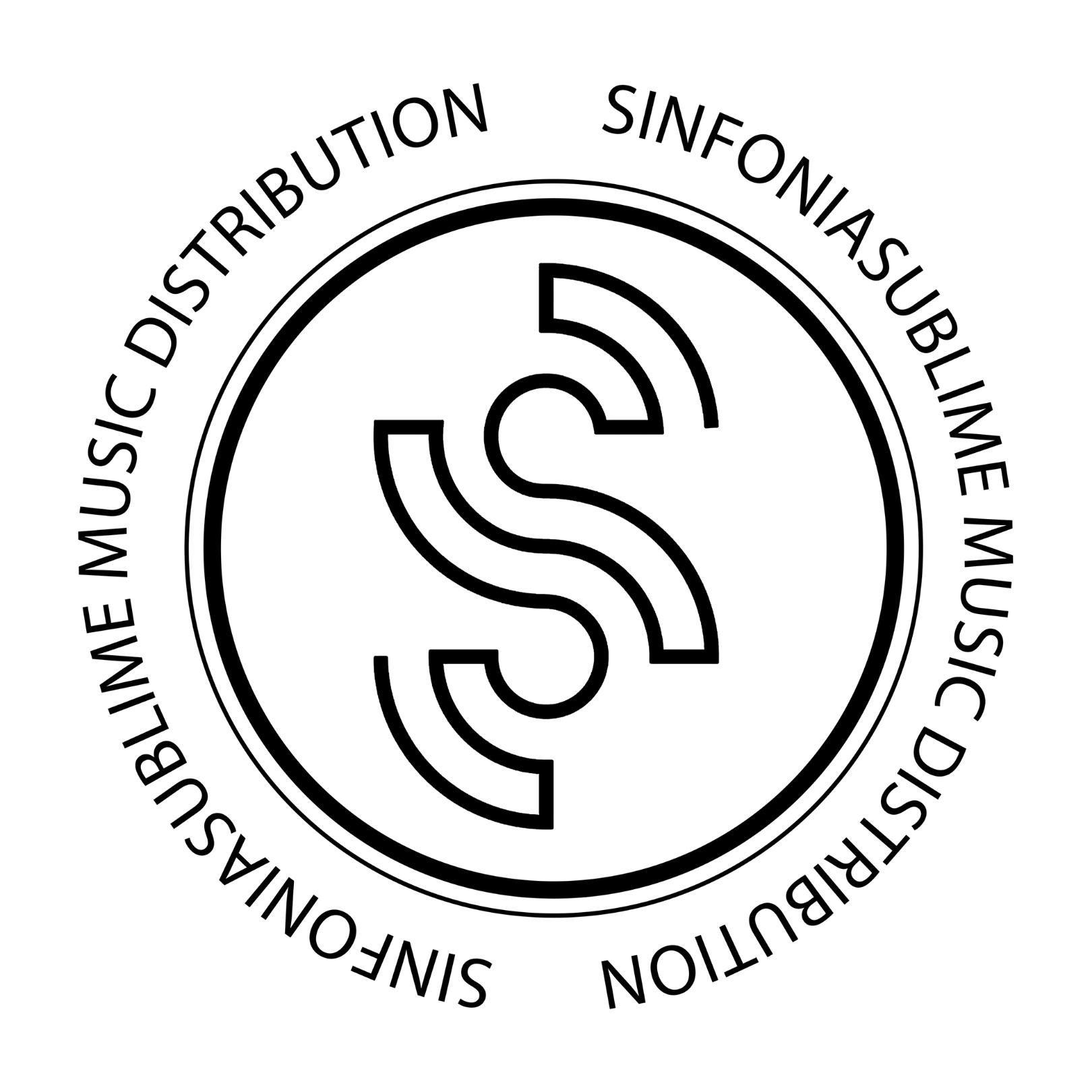How sync licensing works
SinfoniaSublime Distribution
Last Update 2 years ago
Sync licensing is the process of obtaining the rights to use a specific piece of music in a film, television show, video game, advertisement, or any other type of audiovisual content. The "sync" in sync licensing refers to the synchronization of music with visual media.
Here's how sync licensing typically works:
1) Identifying the music: The first step in sync licensing is to identify the music that you want to use in your audiovisual project. This could be an original composition or a pre-existing piece of music.
2) Finding the rights holder: Once you have identified the music you want to use, you need to find out who owns the rights to the music. This could be the composer, the publisher, or a music rights organization.
3) Negotiating the license: After you have located the rights holder, you can start the process of negotiating the license. This will involve discussing the terms of the license, such as the length of time the music will be used, the territories where the music will be distributed, and the fee that will be paid for the license.
4) Securing the license: Once the terms of the license have been agreed upon, the rights holder will provide you with a sync license agreement, which you will need to sign. This agreement will grant you the rights to use the music in your audiovisual project.
5) Paying for the license: As part of the sync licensing agreement, you will need to pay a fee to the rights holder for the use of the music. This fee will typically be a one-time payment or a series of payments over time.
It is important to note that sync licensing can be a complex and time-consuming process, and it is always best to work with an experienced licensing agent or lawyer to ensure that all of the necessary steps are taken and that the license is properly secured.

